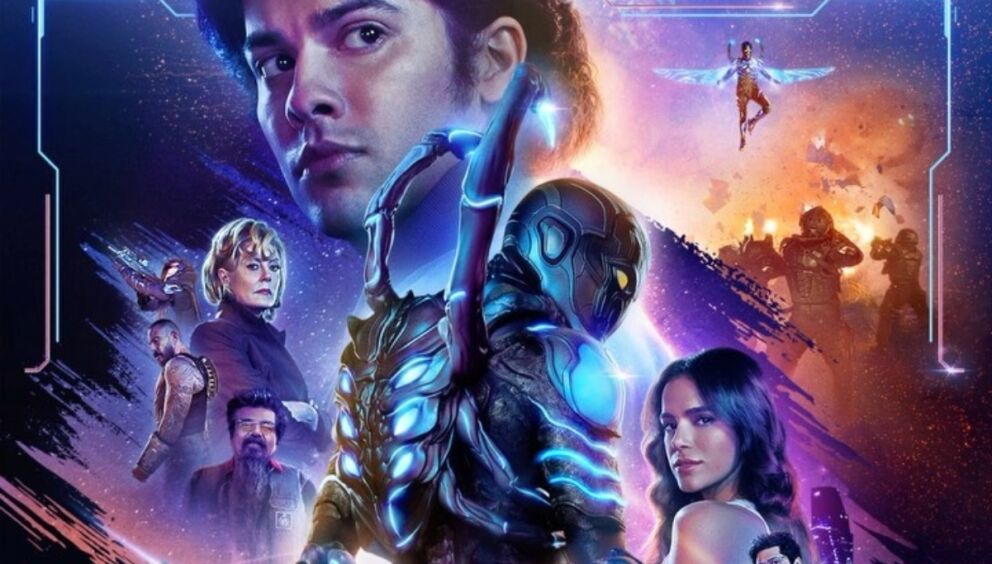- 14 3402-5578
- Rua Hygino Muzy Filho, 737, MARÍLIA - SP
- contato@latinoobservatory.org
 Instagram: bluebeetle
Instagram: bluebeetle
Director Ángel Manuel Soto was inspired by El Paso, Texas, and his hometown of Puerto Rico to create a new superhero hometown that will feel familiar to Latino audiences.
“Blue Beetle”, the first live-action superhero film with a Latino protagonist, is about to be released in theaters across the country, providing an exciting opportunity for superhero and comic book fans to witness the creation of the fictional city of Palmera City, the central character's new home.
In a Hollywood landscape rocked by strikes by writers and actors and dominated by blockbuster films like “Barbie” and “Oppenheimer”, which rake in astronomical figures at the box office, “Blue Beetle” brings something unique. Puerto Rican director Ángel Manuel Soto, who is responsible for the film, hopes to appeal to both avid DC fans and the Latino community, whose support is considered essential to success at the box office, according to a report by NBC News.
Soto highlights the diversity of communities within a country and the richness that this diversity brings to conversations and experiences. He sees the beauty of embodying specifics that enrich our lives.
The live-action adaptation brought a significant change to the superhero’s hometown, moving it from El Paso, Texas, to the fictional city of Palmera. These hometowns have a crucial importance in a superhero’s origin narrative, and Soto wishes to honor both the values of El Paso and elements of his own hometown of Puerto Rico.
According to the publication, the director includes references to El Paso in the setting of Palmera City, preserving the power of the community he considered special in his hometown. Elements of Puerto Rico are also incorporated into the story, with scenes filmed in iconic locations on the island.
The film features a supporting cast that is familiar to Latino audiences, with figures such as George Lopez and Harvey Guillén. In addition, screenwriter Gareth Dunnet-Alcocer adds a Latin voice to the production as representation behind the camera remains a major issue in the industry.
“Blue Beetle” harnesses the power of comics as a form of inclusion and diversity in American culture. The film explores themes of displacement and gentrification in urban cities, reflecting realities present in Puerto Rico and many parts of the world.
Soto is committed to telling stories about communities that are often deprived of freedom of expression and authenticity. The film is not only a superhero story, but also a vehicle for asking profound questions about how to be a beacon of light in an often-dark world around us, the publication states.
At a time when superhero movies may be facing a
paradigm shift due to declining ticket sales, "Blue Beetle" emerges
as an engaging narrative that seeks to bring diverse perspectives to mainstream
culture, celebrating identity, freedom and resilience.











